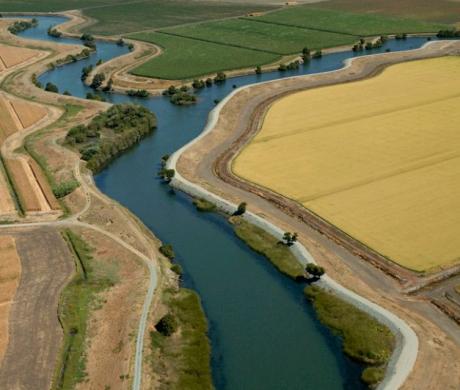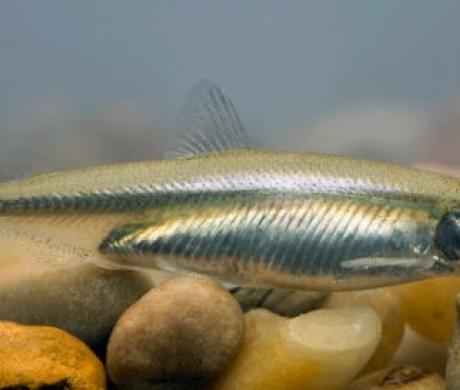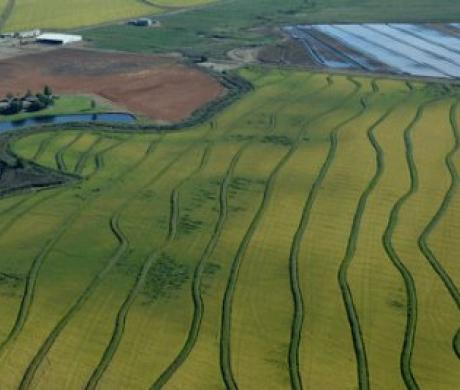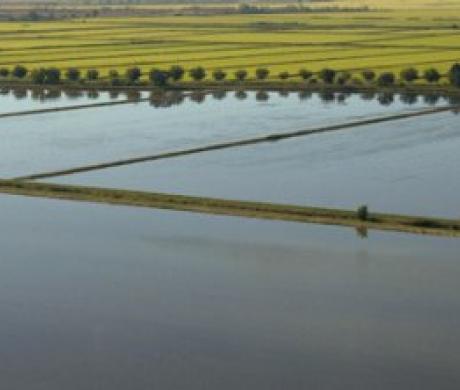The Current Plan is Flawed
Editor’s note: The controversial Bay Delta Conservation Plan is the recent subject of extensive attention and media coverage statewide. The views expressed in this article and its sidebars represent the authors’ opinions and not the policies or positions of the League.
Don Nottoli is Sacramento County supervisor of the 5th District and can be reached at nottolid@saccounty.net.
The 2009 Sacramento-San Joaquin Delta Reform Act calls on leaders at all levels to work to achieve the coequal goals of “providing a more reliable water supply for California and to protect, restore and enhance the Delta ecosystem.” It also prescribes that the coequal goals “shall be achieved in a manner that protects and enhances the unique cultural, recreational and natural resources and agricultural values of the Delta as an evolving place.”
The Delta region is key to addressing these goals. It’s imperative for others — including lead state and federal agencies responsible for preparing the Bay Delta Conservation Plan (BDCP) — to understand and respect what’s at stake for the people who live and work in the Delta as well as those who enjoy its recreational opportunities.
The Delta is a majestic place. Encompassing some of the world’s most fertile soil and a fragile and uniquely special ecosystem, it is a place where people make their homes, raise their families and grow crops that sustain the regional economy while contributing to the state, national and global economies. The Delta is also a popular recreational destination that depends on a healthy environment, fresh water and the 1,100 miles of levees that protect it. For these reasons and many others, the Delta is a place worth saving and protecting today and for future generations.
What is proposed under the guise of BDCP’s Conservation Measure 1 will vastly alter a tranquil 10-mile stretch along the Sacramento River from Freeport to Walnut Grove. Historic river towns and a quilt of family farms, orchards, row crops and vineyards will be transformed into an “industrial complex” — a landscape littered with 1,600 acres of muck ponds, borrow pits and a web of electrical lines and realigned roadways. This ruination would be the result of the planned construction of three giant, six-story pumping plants, a 1,000-acre reservoir and twin 40-foot diameter tunnels traversing 35 miles of the Delta. The BDCP calls for permanent impacts to more than 145,000 acres of farmland.
Suggesting that California invest billions of dollars to undertake construction of a massive water conveyance project without impacts being fully known and addressed is not good public policy and is simply unacceptable. Furthermore, we do not know important details such as operational impacts and how much water is really available for export. No true cost-benefit analysis has been done, nor does the BDCP provide for meaningful local involvement and enforceable assurances and protections for the Delta region.
In pursuing the BDCP, those in charge are forsaking the Delta and its people. The current BDCP is flawed and fails to demonstrate how it can be accomplished without forever damaging the Delta’s historic communities, agricultural heritage and rural way of life. We owe it to the people of the Delta and California to get this right, without sacrificing one region of the state for the benefit of another.
This article appears in the July 2013 issue of Western City
Did you like what you read here? Subscribe
to Western City





